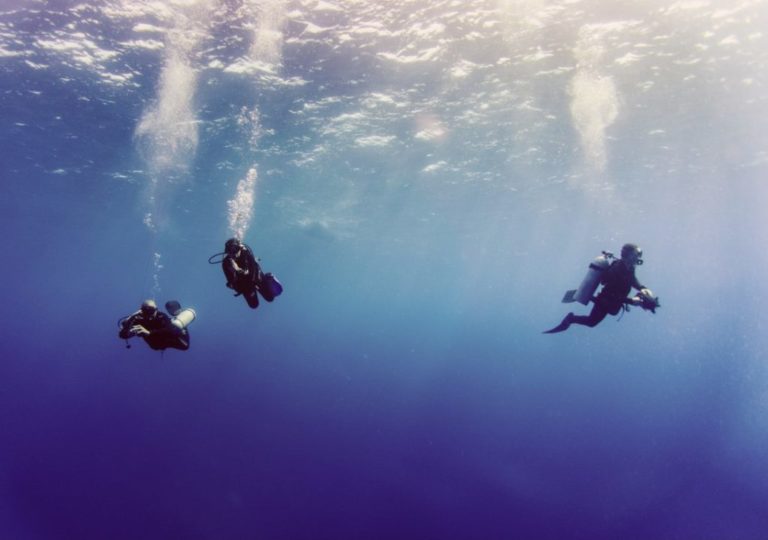It’s important for safety reasons that divers always do safety stops. Nitrogen is dissolved in the diver’s blood and if they ascend too quickly it can form bubbles, which cause decompression sickness.
This is especially true with scuba diving because the air inside a diver’s tank has nitrogen in it and when they surface too quickly, nitrogen will come out of their body as bubbles. However, this doesn’t just apply to scuba divers!
So next time you’re in the water make sure you take your safety stop seriously!
Table of Contents
Safety Stop Helps You Avoid Decompression Sickness
Decompression sickness can be avoided if you take safety stops seriously, and oxygen is needed to disperse the nitrogen in your blood through pressure. If you do not have enough time for this to happen then you risk decompression sickness, and a safety stop makes sure that doesn’t happen!
How Much Time Do Safety Stops Take?
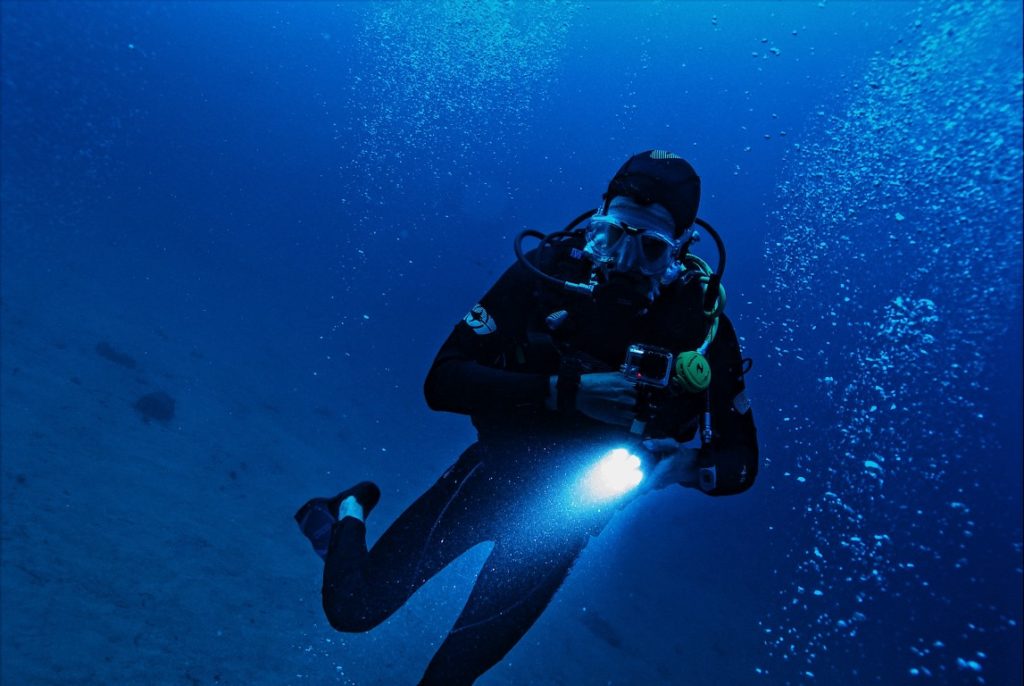
It’s difficult to tell how long the safety stop takes because it depends on a lot of things, like the depth of the dive, the kind of diving you are doing, and what your body can handle! For example, a safety stop for scuba divers should last about 3 minutes at a maximum depth this is about 10-15 feet.
How Do Safety Stops Work?
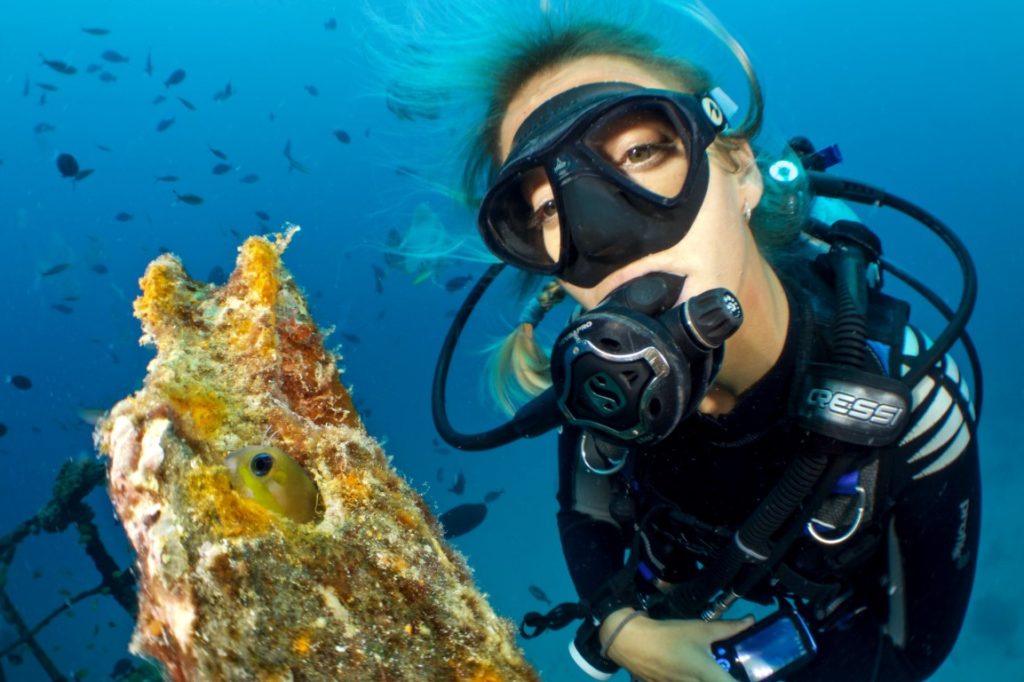
Safety stops make sure that there is no build-up of nitrogen in a diver’s body after diving, and it is done by staying at the same depth for about three minutes. What happens during these safety stops is divers start to breathe slowly and deeply, which fills their lungs with oxygen and pushes out the nitrogen that has built up in their blood from diving.
A safety stop can be done by a diver if they ascend too quickly. This process of decompression will help with safety, and makes sure divers always do safety stops!
So remember to take safety stops seriously! If you don’t you could get decompression sickness, and safety stops make sure that you don’t!
Safety Stops Helps Prevent The Bends
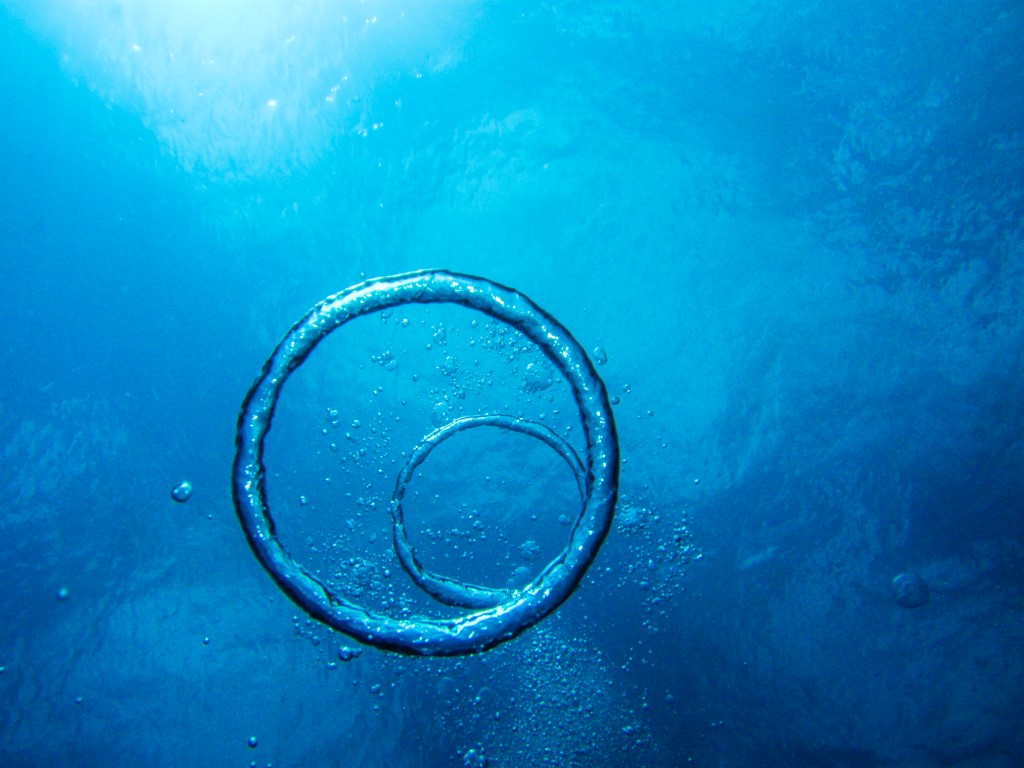
If you scuba dive, I’m willing to bet that you’ve been told at some point about the bends and their symptoms. But just what are bends?
Well, bends are short for decompression sickness or caisson disease; it’s a potentially fatal condition caused by nitrogen gas bubbles in body tissues or joints. Most commonly bends occur due to a rapid or extreme change in pressure. The bends can also be caused by staying at depth for too long without adequate decompression stops.
For scuba divers, bends are most commonly called the bends when nitrogen gas dissolved in body tissues forms bubbles on ascent resulting in joint pain and muscle cramps similar to what you would feel if you were physically twisted and bent backward.
Safety Stops Prevents Nitrogen Narcosis
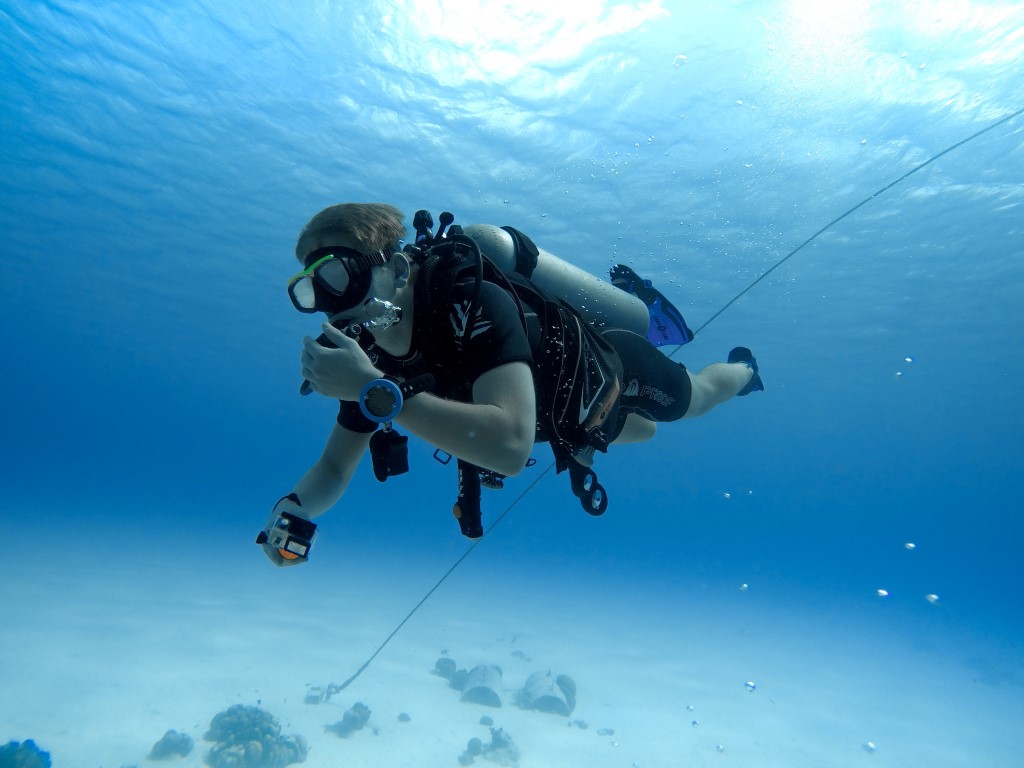
When people dive in the water, they can get a feeling like they are drunk. This is called nitrogen narcosis and it starts at around 100 feet of water.
Scuba divers are exposed to pressures below sea level, which means that they’re breathing compressed air. Nitrogen gas-filled bubbles can form in a scuba diver’s tissues when he or she ascends too quickly (i.e. without taking a decompression stop).
Our bodies have an amazing ability to absorb nitrogen at depth – if you start the dive with 100 percent nitrogen in your tissues, you will only have about 4 percent remaining after the first 10 minutes. This goes down to 2 percent after only 30 minutes at depth, which is why a decompression stop should be done on every scuba dive.
Nitrogen gas dissolves into body fluids and tissues (typically at higher pressures, but not always). This can cause problems when the diver resurfaces too quickly, and nitrogen gas bubbles are formed in those tissues. Nitrogen gas dissolves into body fluids and tissues (typically at higher pressures, but not always). This can cause problems when the diver resurfaces too quickly, and nitrogen gas bubbles are formed in those tissues.
If you’re lucky, the bubbles don’t form until you have almost fully decompressed. This results in minor joint pain, but is generally quite manageable and goes away as the diver continues to decompress properly.
However, if you ascend too quickly, your body may still be holding extra nitrogen gas when you reach shallower depths – which means the amount of gas you’re decompressing has increased. Nitrogen bubbles form in the tissues, which can result in more severe joint and muscle pain as well as nerve damage. This condition is known as the bends or caisson disease, and while it usually goes away once you’ve finished your diving trip, longer term issues are possible – especially if you continue to dive.
Safety Stop Reduces Risk of Oxygen Toxicity
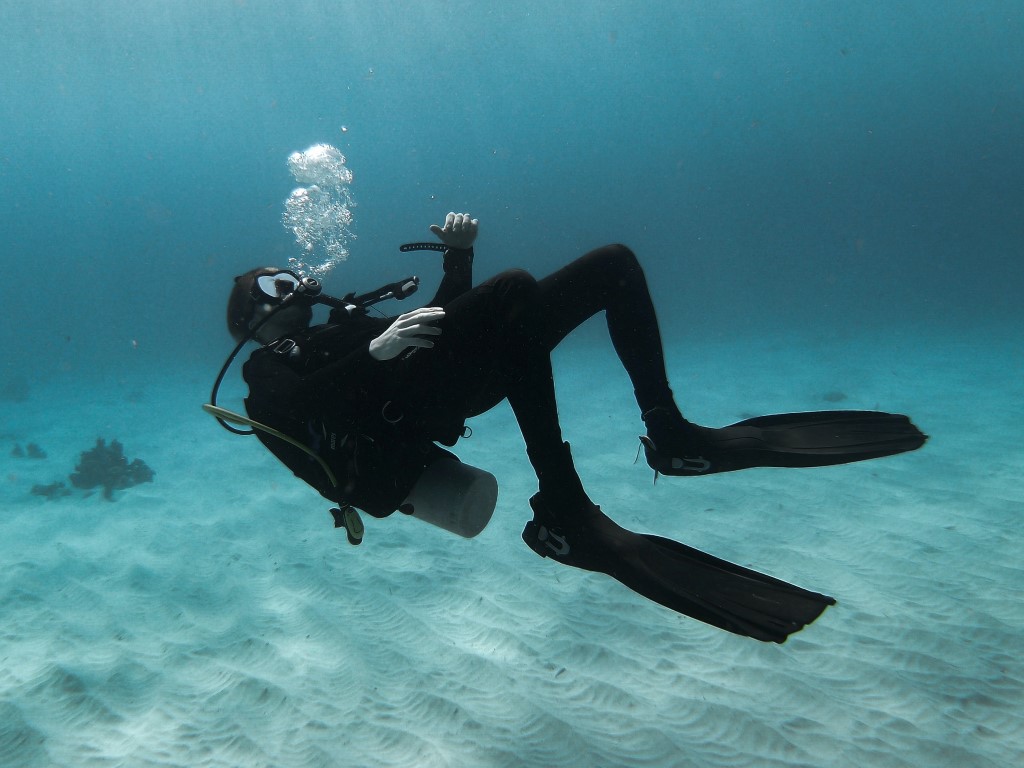
There’s one more reason why you should always do a safety stop: Oxygen toxicity. Oxygen toxicity happens when the body absorbs too much oxygen at depth. If your body is exposed to high partial pressures of oxygen for an extended period of time, it will absorb the excess and cause Oxygen toxicity (sometimes called the “O2 Hangover”).
When people talk about Oxygen Toxicity, they’re usually referring to the central nervous system Oxygen Toxicity – which means symptoms that occur in the brain and spinal cord. This form of Oxygen Toxicity can cause vomiting, convulsions, impaired vision, memory loss, and unconsciousness – among other things.
The first symptoms of OxyGen Toxicity usually begin between 1 and 2 hours of Oxygen exposure and can get worse if you continue the dive. This is why making a safety stop (or at least doing some Oxygen acclimation dives) is so important – it gives your body time to gradually become accustomed to Oxygen levels, which will help prevent oxygen toxicity.
Oxygen Toxicity usually only occurs during deep Oxygen Nitrox diving, but can also be caused if someone fails to do a safety stop or Oxygen acclimation dives.
If you’re going to be planning serious Oxygen-rich scuba dives, it’s important that you learn about decompression sickness (the bends), Oxygen Toxicity, and what behavior might cause them – as well as how to protect yourself from these risks. Oxygen toxicity is more complicated than the bends because there are multiple different conditions that fall under Oxygen Toxicity – but it’s important to know that Oxygen toxicity can happen even if you’re within your no-decompression limits.
Safety Stop Helps Reduce CO2 Buildup In Your Body
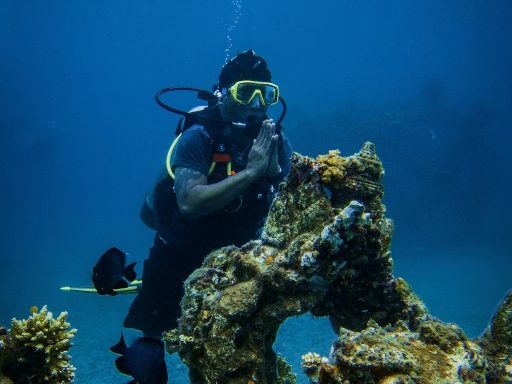
Remember that your body is primarily made up of water. Water has a very high affinity for dissolved carbon dioxide – which means you’ll usually breathe out more CO2 gas than Oxygen when you’re at the surface.
You won’t be able to notice this until after a few minutes, but if you don’t stop swimming or treading water long enough to let your lungs fill with air – it can result in a dangerous buildup of Carbon Dioxide in your bloodstream (even while breathing on an open-circuit scuba set).
What are the Bends Symptoms

From severe joint pain to paralysis, symptoms of decompression sickness include:
A sensation that you have a bad case of the flu. If you’re lucky, you won’t feel much else beyond this and will recover quickly.
Mild symptoms that last from a day or two up to several weeks (or months), depending on how long the exposure was and your overall health. Severe cases can be life-threatening and require emergency treatment, but this is rare. Here are some obvious symptoms you may observe:
- Sudden onset of nausea, vomiting, diarrhea, and abdominal pains
- High levels of joint pain in the shoulders, arms or legs
- Changes in coloration or sensations in skin areas exposed to increased pressure
- Stiffness in joints or abnormal pain while moving affected body part
- Severe cases can result in paralysis and death
These symptoms usually begin within a few minutes to hours after the dive, making it possible for you or a partner to know right away if something is wrong. The most important step you can take to reduce your risk of DCS is doing safety stops.
Top 6 Tips To Prevent Decompression Sickness
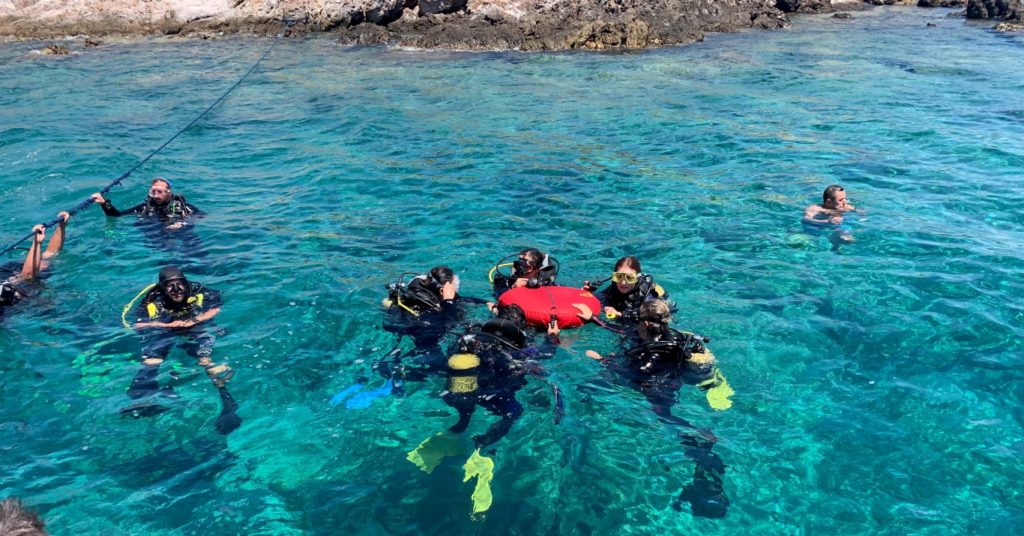
Do a safety check before diving
Search for open valves, full cylinders, or safely secured release parts. Test second stage breathing and check inflator the deflator for working properly.
This step also familiarizes you with the gear of your friends when there is an emergency when you have to help. Check-in your gear and equipment before you dive into the water in several minutes.
Watch your gauges
The dive computer will always tell you everything you want, from how deep you are in air time to how much more you should travel down and then tell you about north where.
Sometimes check air levels once each minute but ideally at the other end and pause the plunge when you have reached a minimum of 500 PSi reserve. Your air consumption especially can change from day to day but inside the dive depends on depth, current, exertion, stress, body temperature, and many others variables.
Do not assume that a particular depth is going to give you the same low time as another dive. Don’t have an equal fill like diving.
Dive within your limits
There is no benefit to exceeding your depth or time limits because it adds an element of increased risk.
Even if you are close, don’t go for the “last squeeze.” Be sure that you have enough gas at the end so that you can comfortably make a normal ascent without using up all the last reservoir of air in your tank. Use jumars and keep your tanks in a secure place on the deck while resting between dives.
Getting certified doesn’t mean risk-free diving, but will reduce the risks significantly when matched with proper education and training. If you do happen to get underwater and feel as if you’re not getting enough oxygen:
Take short, slow breaths through your regulator Don’t panic Stay calm and breathe slowly and deeply Don’t hold your breath Swim to the surface as soon as possible If you’re caught in an out-of-air situation, don’t hold your breath
Dive within your training
Never attempt a dive beyond your training, whether it is going to the depth of a wreck or entering a cave without a strictly supervised course. Training in a dive is important for mastering the environment.
You can always take classes to advance your dive repertoire by learning skills like going into a wreck, diving deep, exploring an underground cave, or high in the mountains. Don’t try to learn each. Do not try diving with a professional instructor. Never try diving deep.
Make sure you equalize
Diving is not supposed to hurt people because diving does cause lasting damage. If you’ve started to struggle when you level with the mates signal them to increase their depth to less than one foot. If the pressure continues, call a diving session.
Never even make them go on this. Whether calling it will work again. If you are feeling the pain, don’t panic. What about if the ear hurts? Call a friend to see. In any instance, it’s going to result in damage to the drum or even worse you could be forced back to dive. Then you will probably have to give up. Don’t descend incessantly for hurt ears.
Control your ascent rate
You don’t want to fly above. When you are climbing slowly, you can easily free air from your BCD/dry coat to keep your buoyancy and ascent rates under control. When you ascend too quickly it will be harder to compensate too much due to the “snowball effects” more improving stability. Learning how to ascend is among diving’s most important rules, says John [link] diving.
Do you still make a safety stop if there’s an emergency?
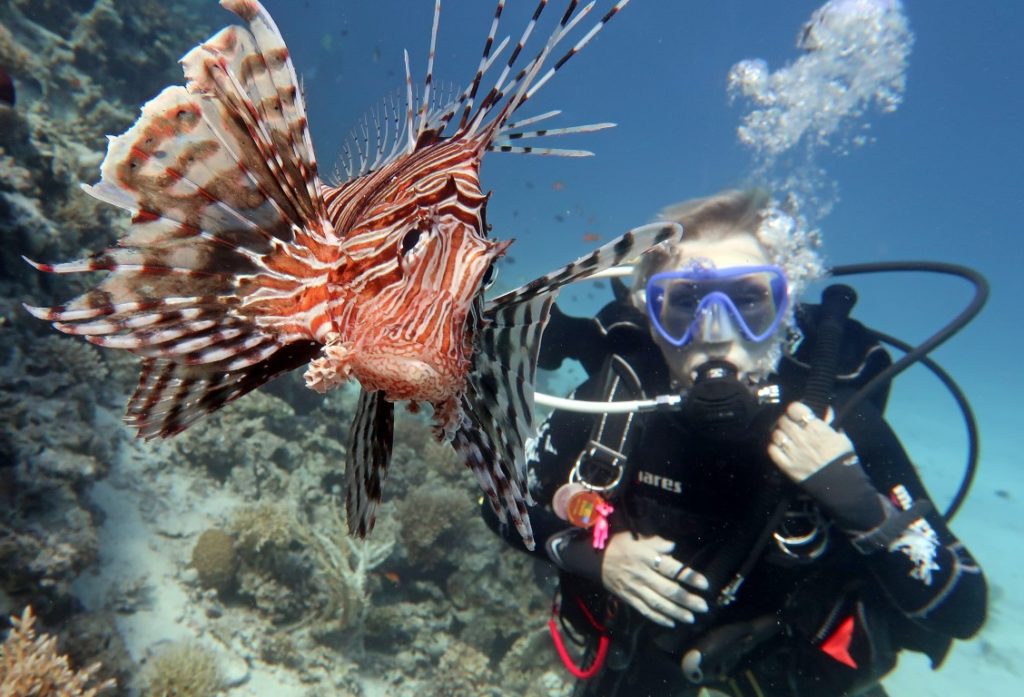
Security stops are highly recommended but don’t require them as you know now. In a case when there is a problem there is nothing you can do about it.
As recreational divers, we stay within our limits of maximum non-decompression. Nevertheless, you are bound to keep the steady ascent pace as normal. If you or your friend are out of space or have a serious equipment malfunction you avoid the safety stop and slowly make your way to the surface.
If you were without water or have equipment malfunction then you skipped a safety stop and slowly climbed the seafloor.
The Bottom Line
Divers should always make safety stops before ascending back to the surface. This is especially true for scuba divers because their tanks have nitrogen in them, and if they ascend too quickly it can form bubbles which cause decompression sickness.
Nitrogen is dissolved in a diver’s blood and when they come up from diving too fast, this gas will be released as bubbles into their bloodstreams.
But don’t worry! Safety stops are important for ALL types of divers – not just those who use scuba gear!
So next time you’re out on your boat or swimming by some rocks near shore take a few minutes to relax during your safety stop so that you’re ready to enjoy all that life has to offer once again!

